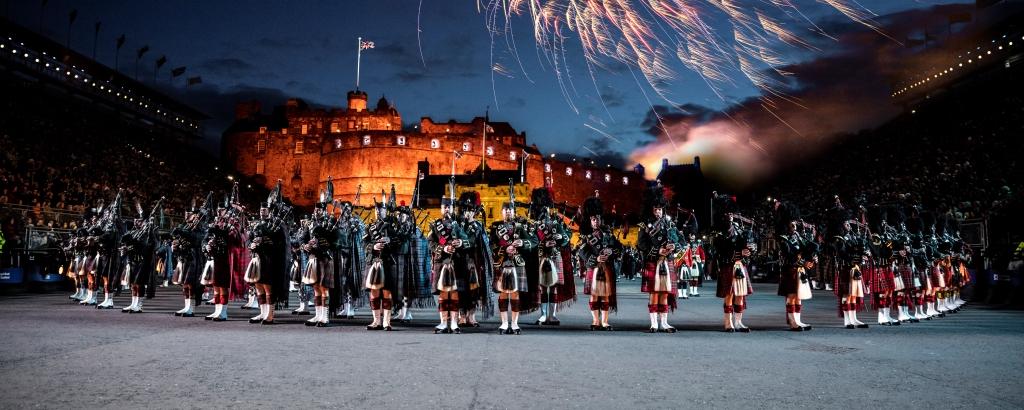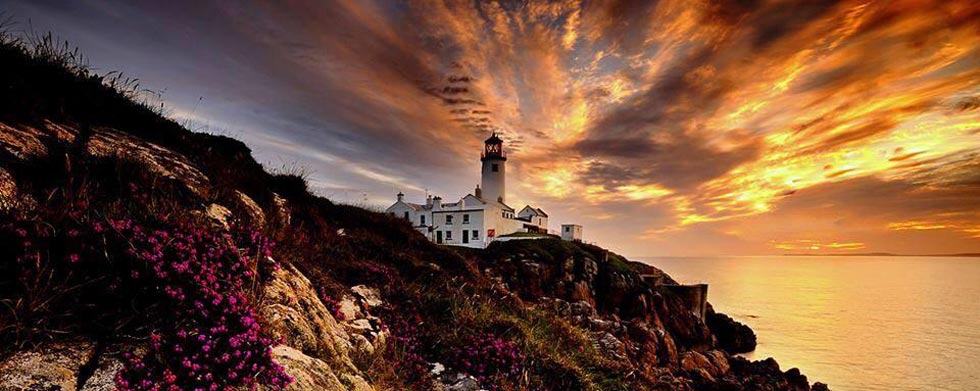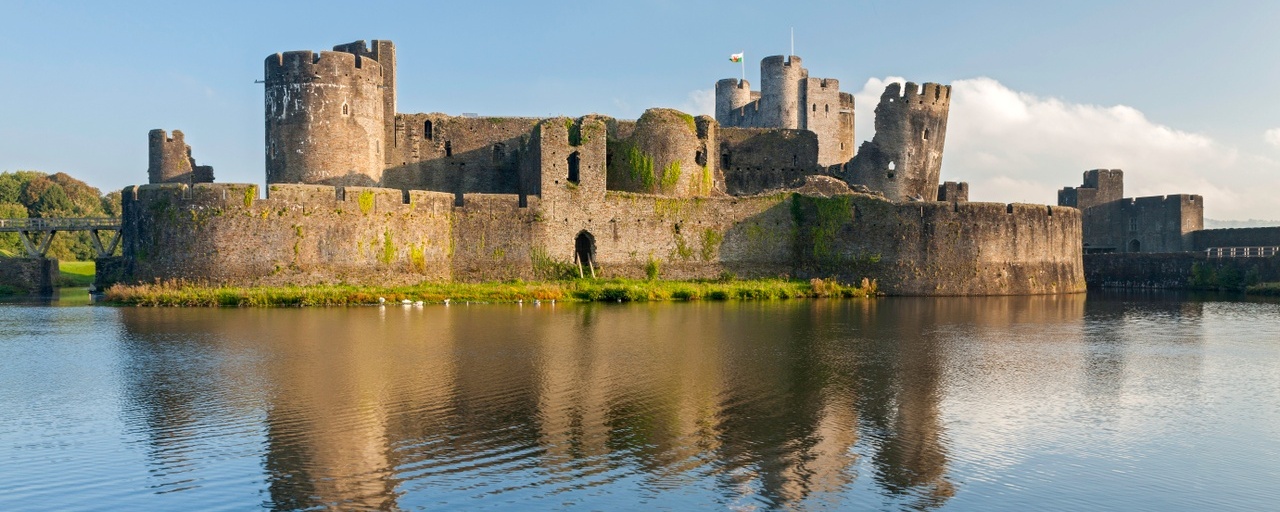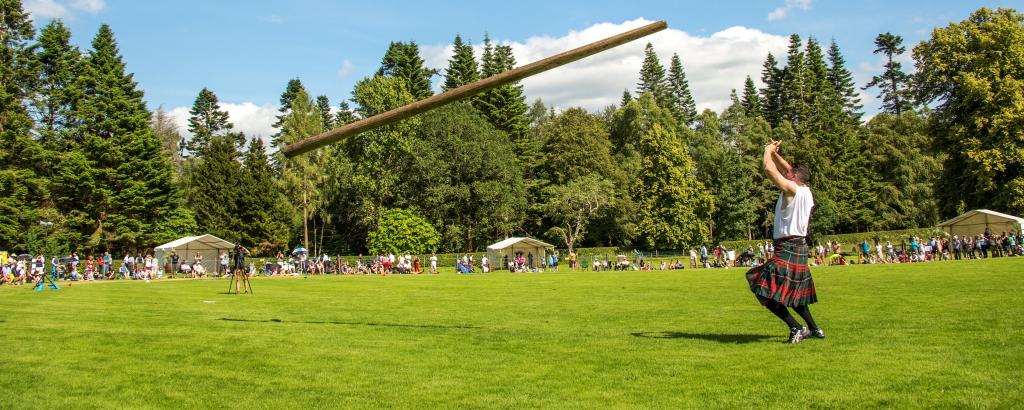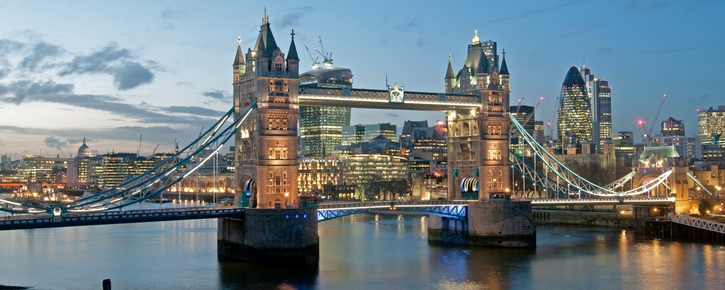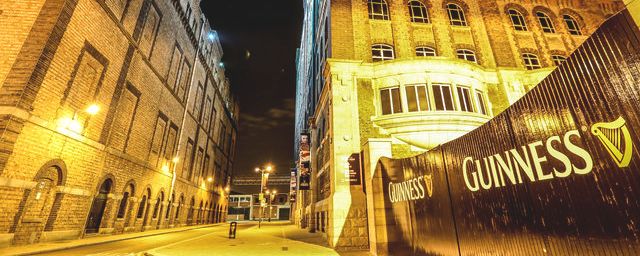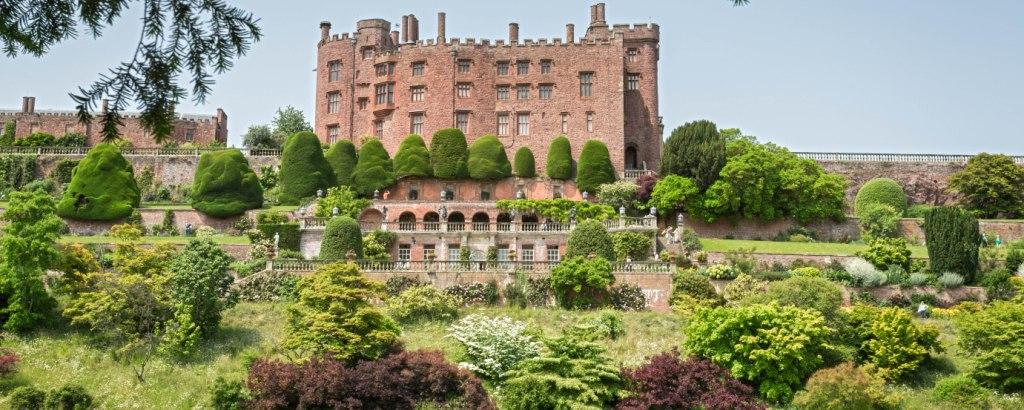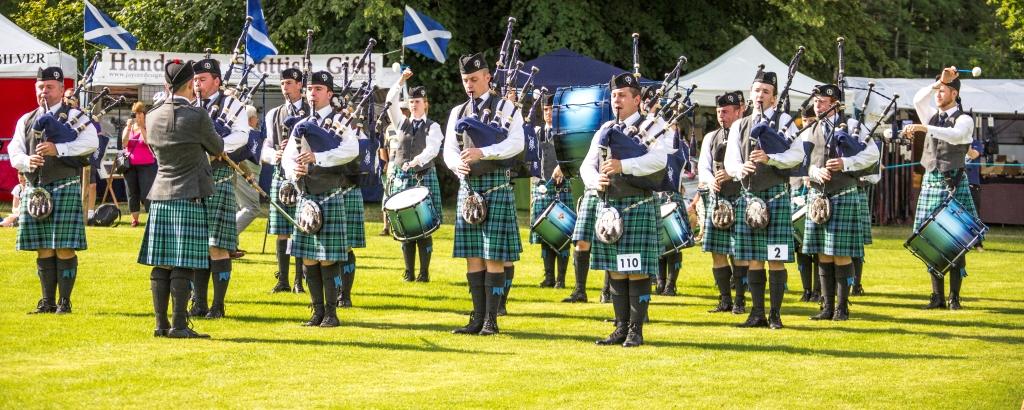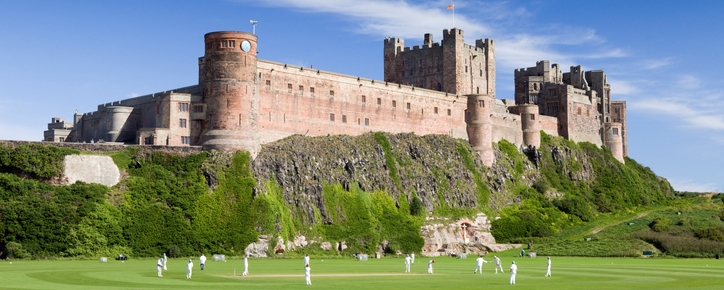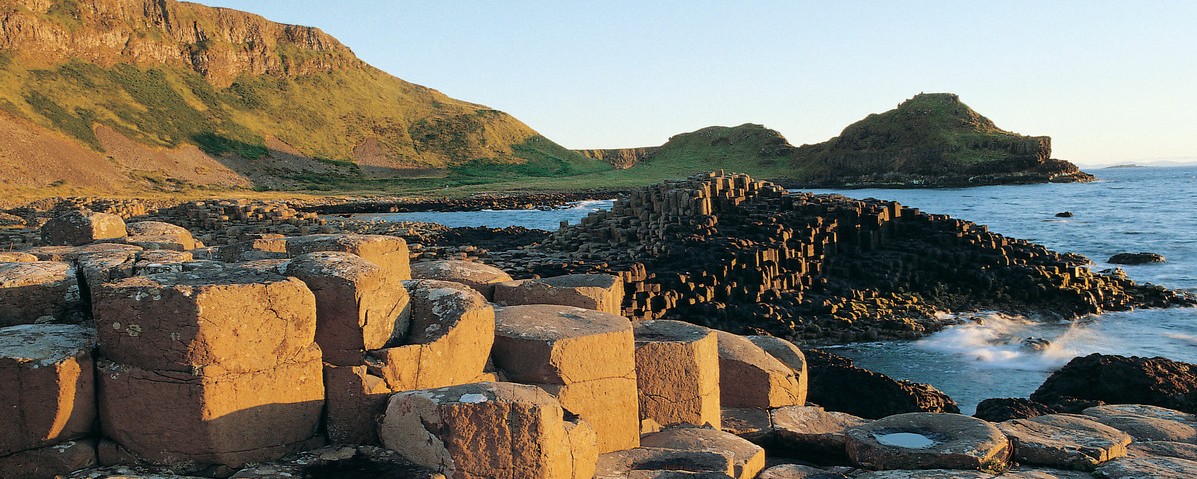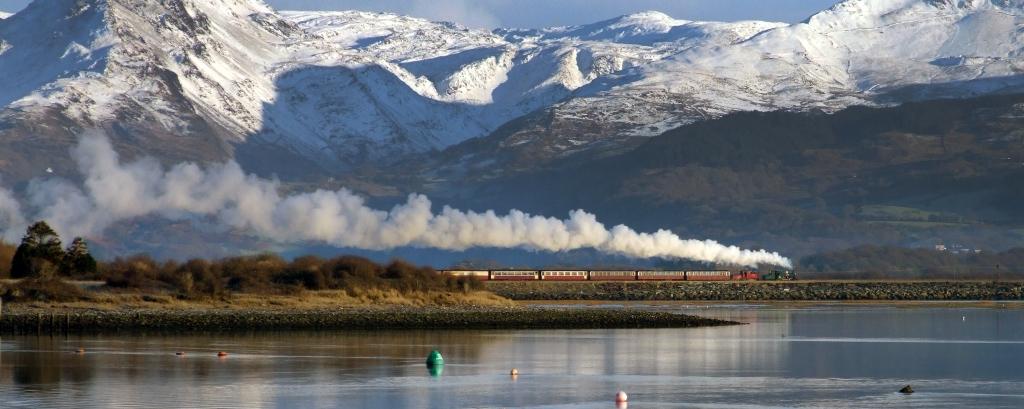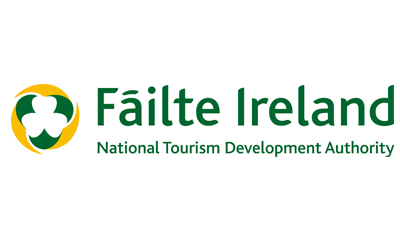Slate landscape of North West Wales named World Heritage Site
The unique slate landscape of North West Wales has been named as the UK’s 33rd UNESCO World Heritage Site, and the fourth in Wales.
 Dinorwig Quarry © Hawlfraint y Goron / © Crown copyright (2021) Cymru Wales
Dinorwig Quarry © Hawlfraint y Goron / © Crown copyright (2021) Cymru Wales
This evocative landscape tells the story of the transformation of an upland agricultural society to one dominated by slate production during the Industrial Revolution (1780-1914), with towns, quarries and transport links carving their way through the majestic mountains of Snowdonia down towards the iconic ports.
The new World Heritage Site includes spectacular quarry landscapes such as Penrhyn, Dinorwig, the Nantlle Valley and Ffestiniog. It also includes the National Slate Museum in Llanberis, Penrhyn Castle and the famous Ffestiniog and Talyllyn Railways, built to transport the slate from the quarries to markets around the world, and both later transformed through the dedication of volunteers into heritage railways.

The slate landscape of North West Wales provides a greater insight and understanding of every stage of the quarrying industry than any other place in the world. From the enormous quarries, deep pits and huge, cavernous chambers, to the processing mills and transport systems including steep inclines, roads, railways and ports, as well as communities created for the workforce and the grand houses of the quarry owners. And of course, the use of the final product is evident in buildings throughout the landscape.
 Ffestiniog Railway
Ffestiniog Railway
By the end of the 19th century, the slate industry in North West Wales was employing 17,000 people and producing half a million tons of slate a year – around a third of the world’s supply.
Speaking about the announcement, First Minister of Wales Mark Drakeford said that it recognised the significant contribution this part of North Wales had made to the cultural and industrial heritage not only of Wales, but to the wider world. “This worldwide recognition by UNESCO, will help preserve that legacy and history in those communities for generations to come and help them with future regeneration.”

According to UNESCO, the area was internationally significant not only for the export of slate, but also for the export of technology and skilled workers from the 1780s to the early 20th century. It constituted a model for other slate quarries in different parts of the world, offering an important and remarkable example of interchange of materials, technology and human values.
Janet Redler, Chief Executive of Janet Redler Travel & Tourism, added: “Growing up in this part of North West Wales as I did, I have always known the importance of the slate industry, and visitors to the area cannot fail to recognise the legacy it has left in the landscape. It is fantastic therefore that this unique industrial heritage has been recognised by UNESCO, and I am sure it will provide a valuable boost to tourism in this very special part of the world.”
The other UNESCO World Heritage Sites in Wales
Wales is proud to boast three other UNESCO World Heritage Sites, which should not be missed on a tour of the country:
- The Castles and Town Walls of King Edward in Gwynedd, one of the first sties in the UK to be recognised by UNESCO in 1986. According to UNESCO, the four castles of Beaumaris, Conwy, Caernarfon, Harlech and the attendant fortified towns at Conwy and Caernarfon in Gwynedd, North Wales, are the finest examples of late 13th century and early 14th century military architecture in Europe.
 Caernarfon Castle
Caernarfon Castle
- Pontcysyllte Aqueduct, which spans the River Dee near Wrexham in North East Wales, is the longest aqueduct in Britain and the highest canal aqueduct in the world. According to UNESCO, the Pontcysyllte Canal is a remarkable example of the construction of a human-engineered waterway in a difficult geographical environment.
- Blaenavon industrial landscape in Torfaen, in the Llwyd valley of South Wales, is evidence of the pre-eminence of South Wales as the world's major producer of iron and coal in the 19th century. UNESCO says the area provides exceptional testimony to the area’s international importance in iron making and coal mining in the late 18th and the early 19th century.
If you or your group would like to enjoy a tailor made tour of Wales, including a visit to the slate landscape of North West Wales, and indeed to the country’s other UNESCO World Heritage Sites, please do contact our friendly team today. In addition, our specialist industrial heritage tours provide a more in-depth exploration of the industrial history of the United Kingdom and Ireland, tailored to meet the interests of your group.
